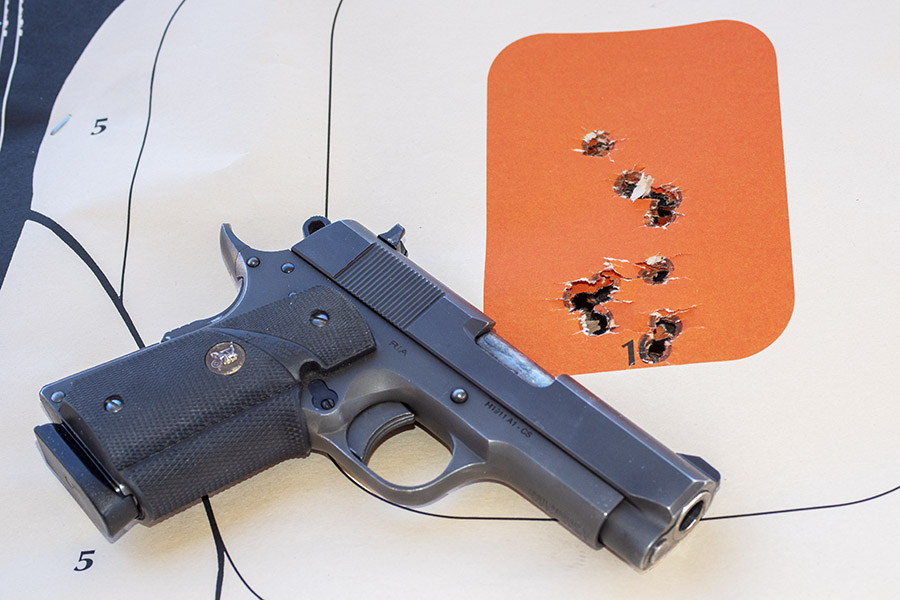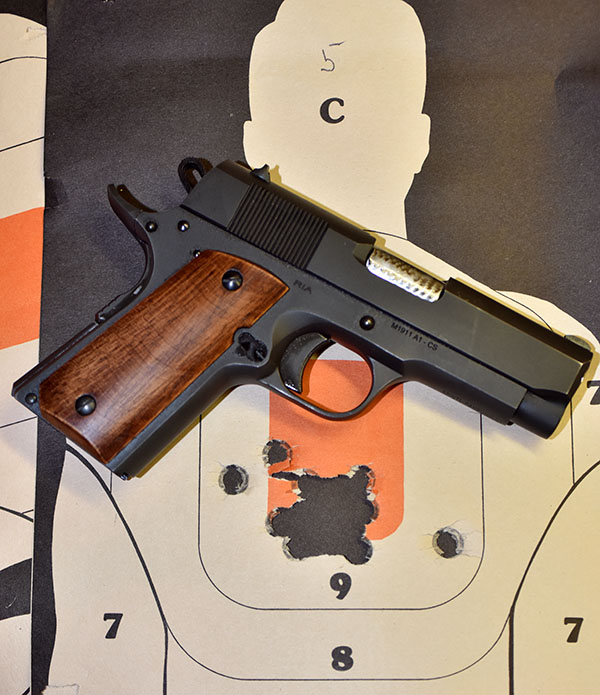
I’ve been working lately on developing an accurate load for my Rock Island Compact 1911 with light target bullets, and I found one that works. One of my good buddies gave me a little over a thousand 185-grain semi-wadcutter bullets, and I found a great load for my Rock Island pistol. It’s the one I shot the targets with you see above.
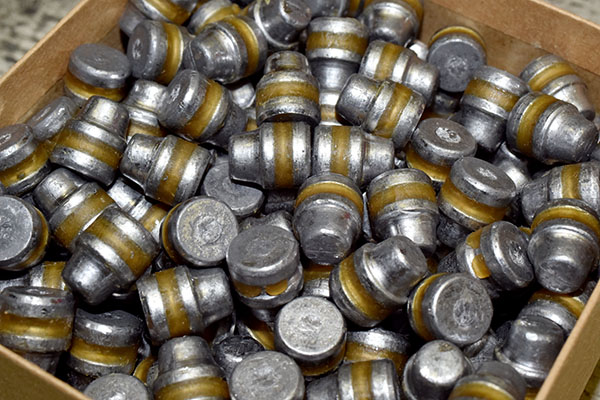
A bit of background info first: “SWC” (or semi-wadcutter) refers to the bullet configuration. A wadcutter bullet is one that is flat across the face of the bullet, and it is a typical target configuration for revolvers. What this means is that the bullet cuts a clean, circular hole through the target (much like a hole punch), making it easier to score. A semi-wadcutter bullet has a shoulder at the face of the bullet, but it also has a truncated cone of lesser diameter on the bullet face (it’s a “semi” wadcutter). It cuts a relatively clean hole, and it’s a bit more aerodynamic.
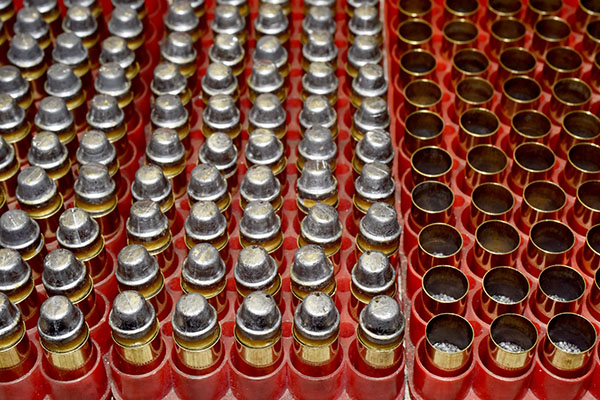
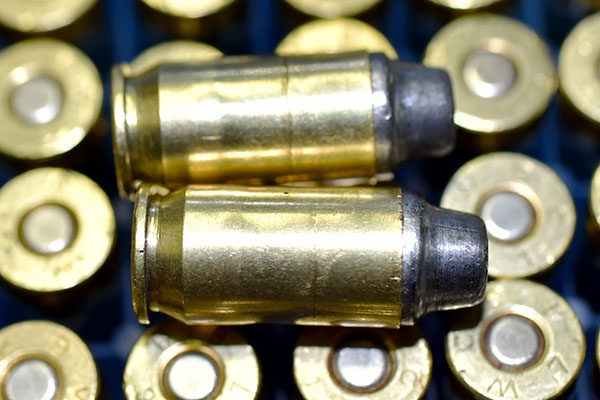
A semi-wadcutter bullet feeds easier in a semi-automatic handgun than would a wadcutter bullet, but you can still have problems with a semi-wadcutter in an automatic when the round enters the chamber. That’s not a concern in a revolver because you load the cartridges by hand (you do the chambering of each round manually when you load a revolver). It’s a potential issue in a semi-automatic handgun, though, because the cartridge has to ride up the ramp in the frame and feed into the chamber each time you fire the weapon, and a semi-wadcutter’s shoulder can cause the gun to jam. Generally speaking, for semi-autos roundnose bullet configurations feed the most reliably because the bullet tip guides the round into the chamber. Sometimes semi-autos work well right out of the box with semi-wadcutter bullets, and sometimes they don’t. If you want to make sure a semi-auto will feed reliably with a semi-wadcutter or a hollow point bullet, you have an expert gunsmith who knows what he’s doing polish the gun’s feed ramp, and throat and polish the entrance to the chamber. That’s what I had done on my Rock Island Compact by good buddy TJ, and my gun will feed anything.
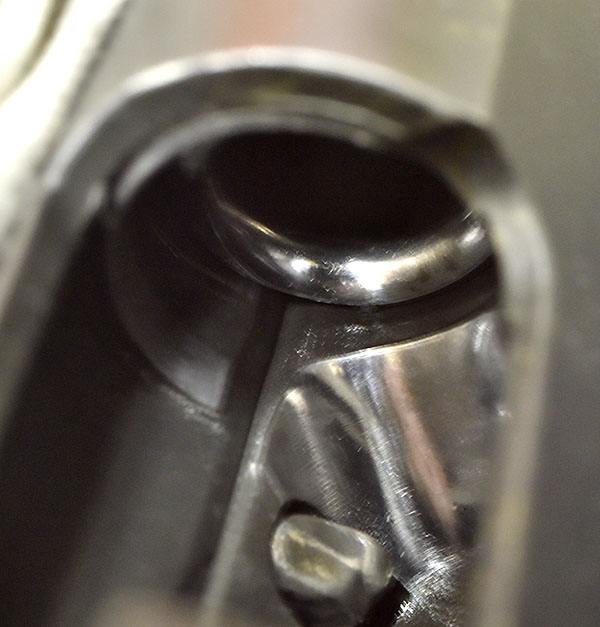
During my load development effort, I tried these 185-grain cast SWC bullets with 4.5, 4.7, 5.0, and 5.3 grains of Bullseye, and 5.0 grains of Bullseye is the sweet spot. The other loads were also accurate, but the 5.0-grain load is the most accurate. The 5.3-grain load is accurate, too, but the recoil at that charge was a bit much for me. As mentioned in the first photo’s caption, cartridge overall length was 1.174 inches, and I used CCI 300 primers. A word to the wise on this: The load you see here is one I developed and it shoots well in my handgun. You should develop your own load. Always consult a reloading manual when you do so, and always start at the lower end of the propellant spectrum and carefully work up a load tailored to your firearm.
Folks tell me I need to buy a chronograph to measure bullet velocity, but hell, I don’t care how fast the thing is going, and I seriously doubt it would make a difference to any target. What I’m looking for is reliable function and accuracy, and with this load, I have it. A chronograph is one more thing I’d have to cart out to the range and screw around with once I got there, and I don’t want the hassle. But if you need to know, my Lyman Cast Bullet Reloading Guide tells me the velocity with this powder charge should be a little over 900 feet per second. That’s close enough for government work, I think.
The next step for the Rock, for me, is to add a set of Pachmayr checkered rubber grips. I have those on my full size 1911 and I like them a lot. That’s coming up, and I think the Pachmayr grip will further improve the Compact. I ordered a set today and when they arrive, you’ll read all about it right here.
You know, I like my Rock Island Compact. I’m on the range with it every week and I put a lot of lead through that short 3.5-inch barrel. It’s fun to shoot, it’s accurate, and it carries well. It’s become one of my all time favorite guns.
Want to read more on the Rock Island Compact 1911? Check out our other reports here:
The 1911
A Tale of Two .45s
TJ’s Custom Gunworks
RIA Compact 1911 Update
Want to learn how to reload .45 ammo? We’ve got you covered!
Reloading the .45 ACP: Part I
Reloading the .45 ACP: Part II
Reloading the .45 ACP: Part III
Reloading the .45 ACP: Part IV

